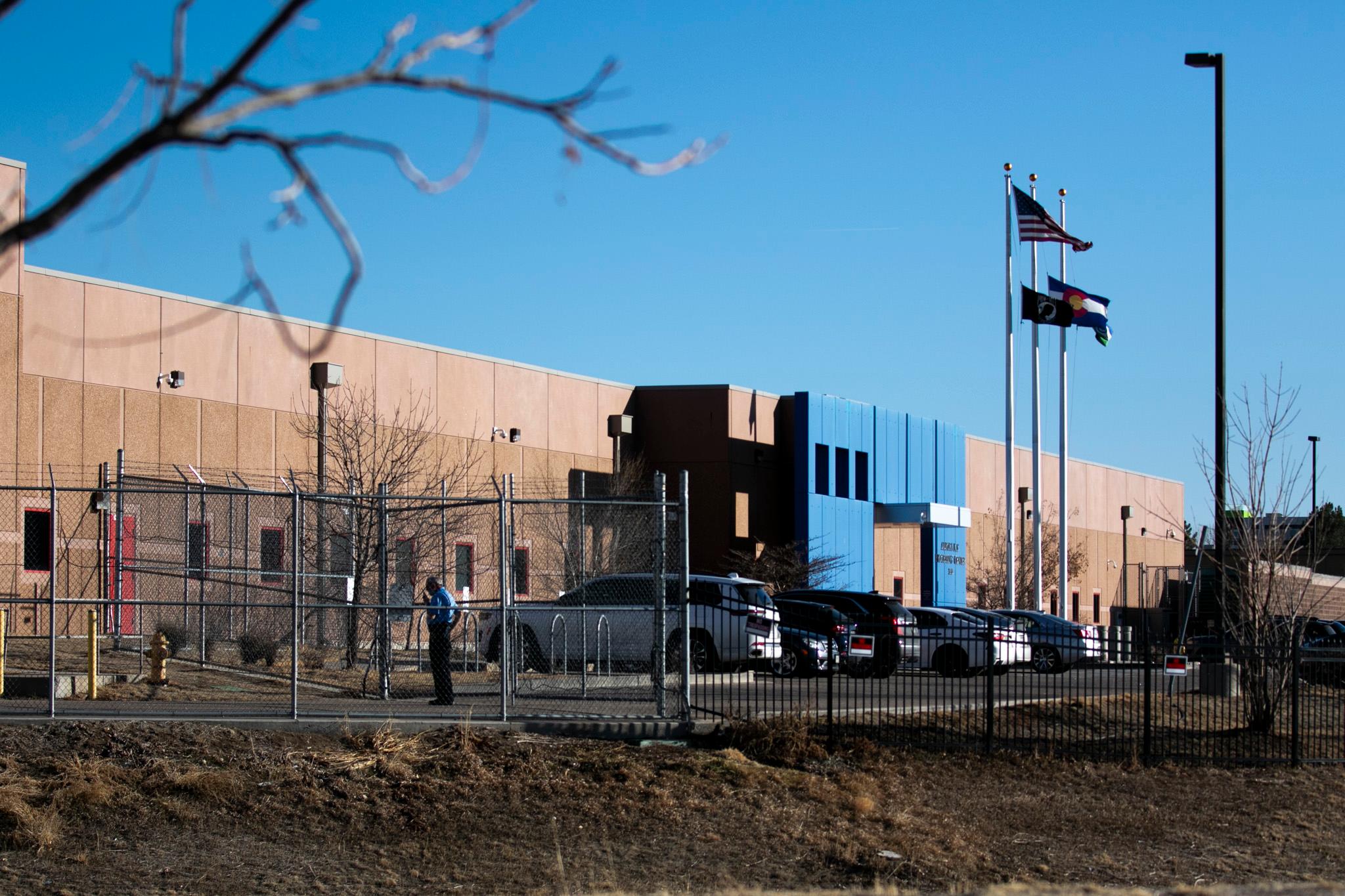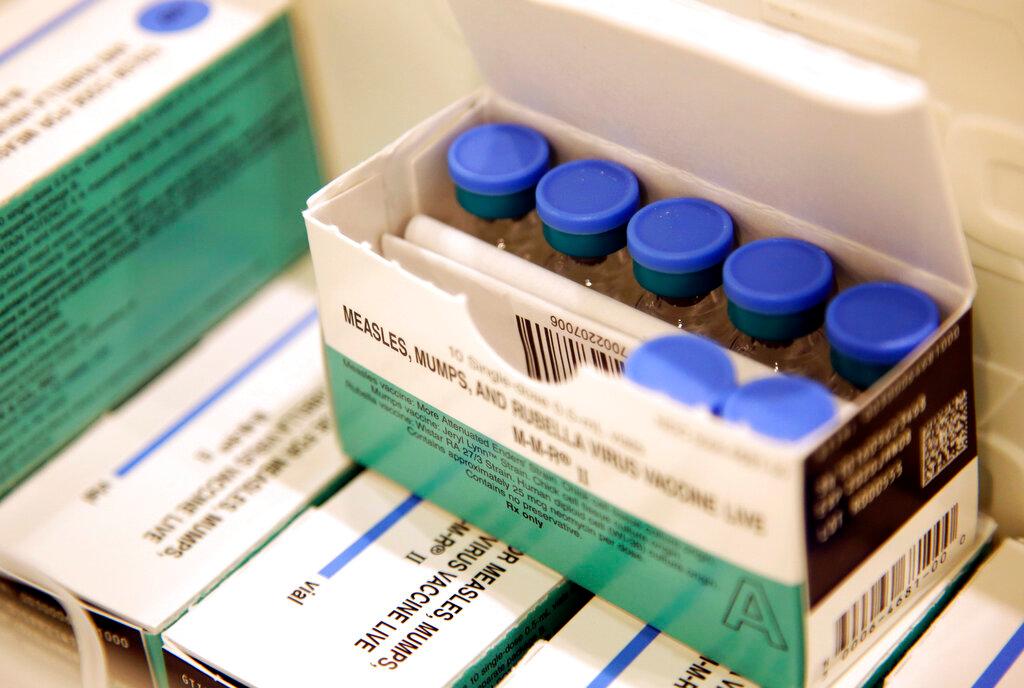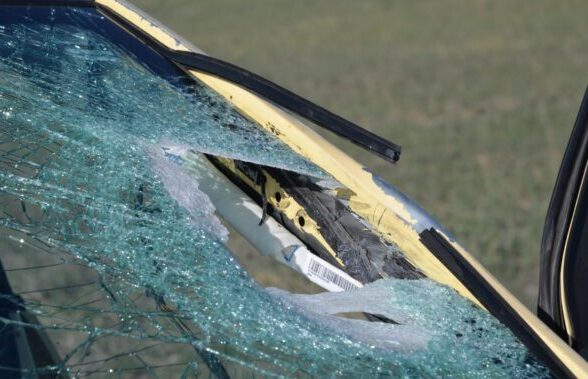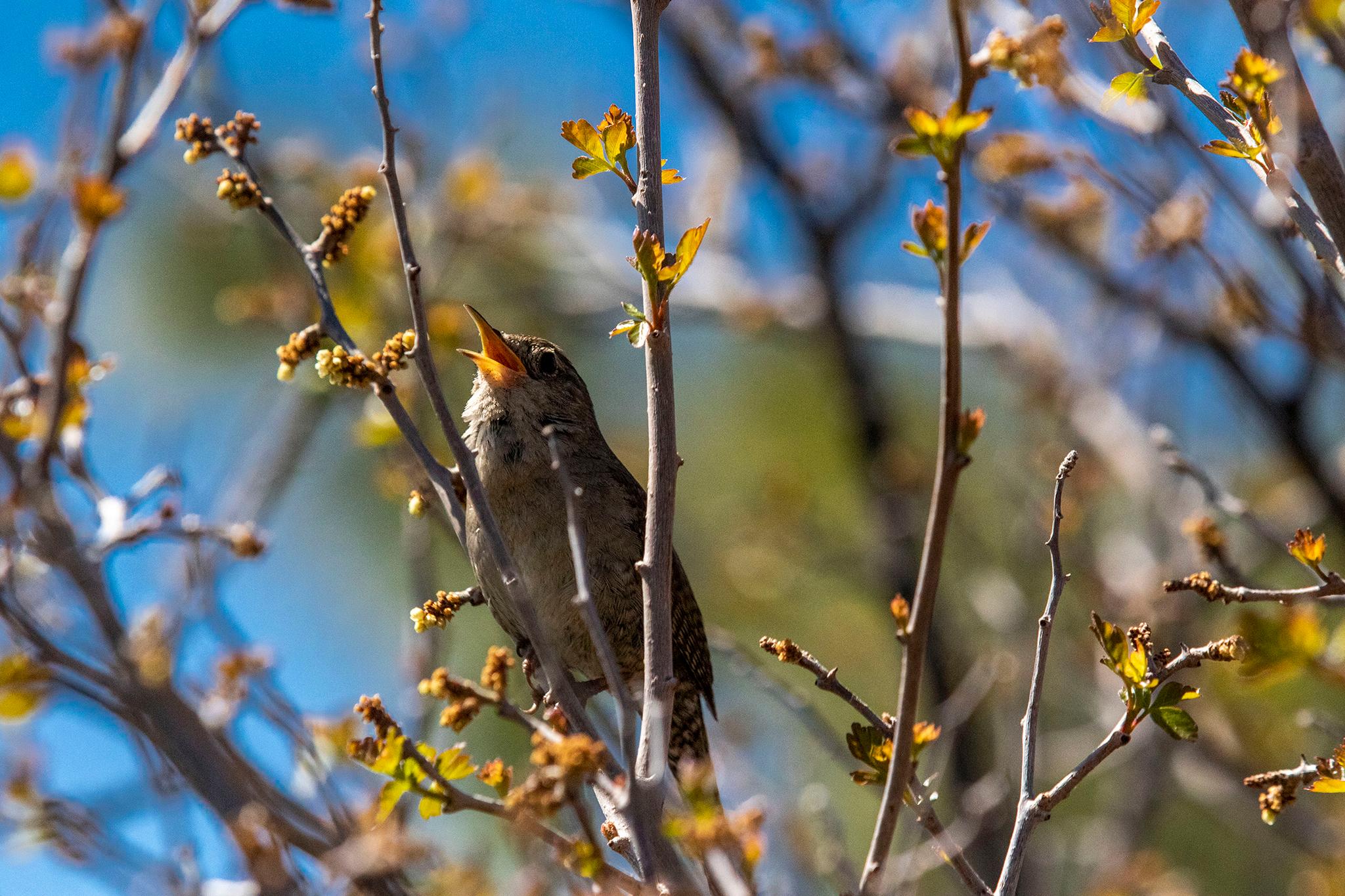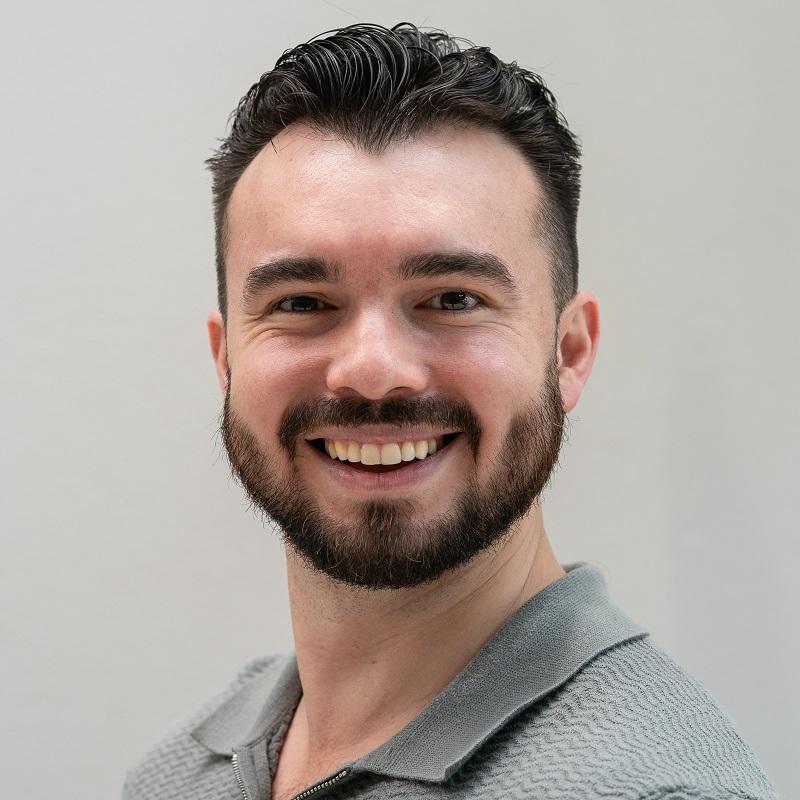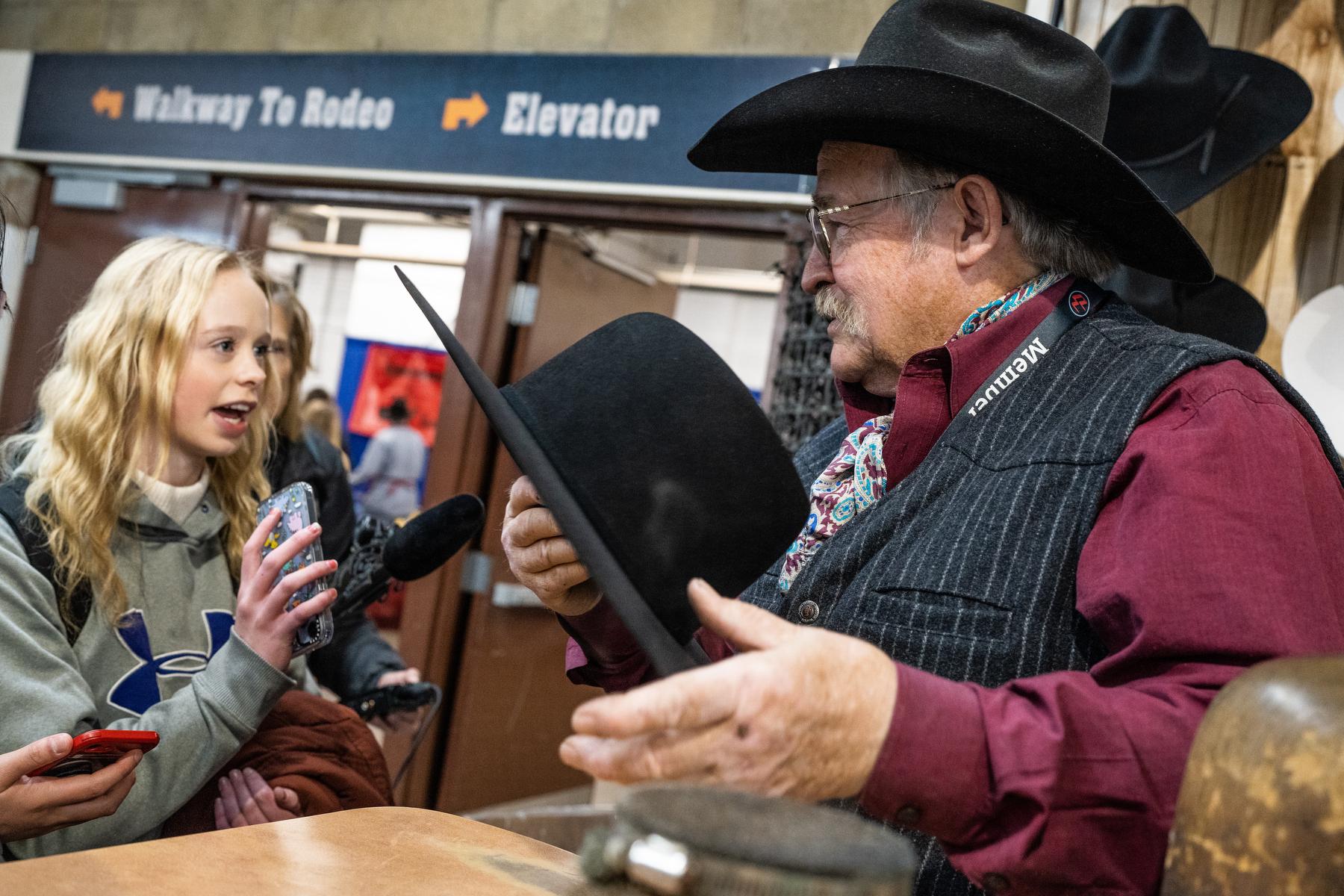
Ninth graders Sophia, 14, and Elle, 15, start the day looking a wee bit ... overwhelmed.
“Right now, we’re just trying to figure out where to go,” said Sophia. “It’s, like, very confusing.”
After all, they’re among cows, goats, sheep, and lots of manure. Loud whooshing sounds of power animal washers and brushes and clippers fill the background. The two wander Denver’s massive National Western Stock Show on their own. No teacher is hanging by their sides telling them what to do. They’re building up the courage to interview people for a project.
“The interviews are just a little more anxiety-inducing. It’s hard to find somebody to give you the correct information,” said Emmie, a member of another group exiting the animal competition arena. They say they’re having fun — “it’s the stock show!” — but it’s been two hours and they haven’t interviewed anybody yet. Going up to strangers and asking for an interview is hard, especially when you’re kind of shy.
But that is the whole point. It’s about taking ownership of your own education. You learn to get creative, adapt, and sometimes push yourself out of your comfort zone. That’s one of the guiding themes behind The STEAD School, which stands for science, technology, environment, agriculture, and design. The public charter school’s mission is to empower students to design and lead their own learning pathways as they work on solutions to the world’s challenges.
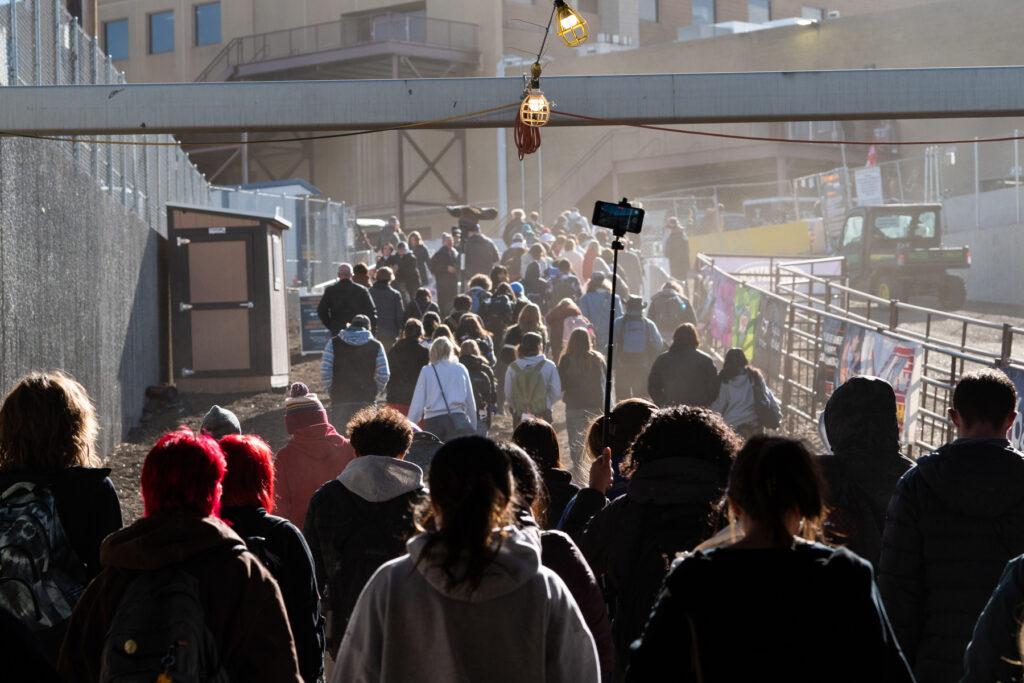
“They become stewards of not only honoring the past but owning the future,” said Kelly Leid, one of STEAD’s co-founders. “To own the future, you’ve got to be problem-solving.”
Paige, a freshman, hunches over her iPhone to read the project’s guiding question
“To what extent are animals and humans in a symbiotic and interdependent relationship?” she states, speaking over the stock show hubbub.
For two weeks, students dive into a variation on this question, and at the end, they’ll present podcasts, photo essays, and short films about what they’ve learned. Paige’s group’s particular query looks at the question from an Indigenous worldview over time. Each group in the 370-student school has different questions to tackle.
What is humans’ relationship to animals, both in the stock show and outside of it? How does Hispanic culture shape animal products? What can students learn about sustainable agriculture? Some students are looking at health and nutrition, art and story-telling in agriculture, different ways to process meat, animal laws and regulations, and why some groups don’t participate in the stock show.
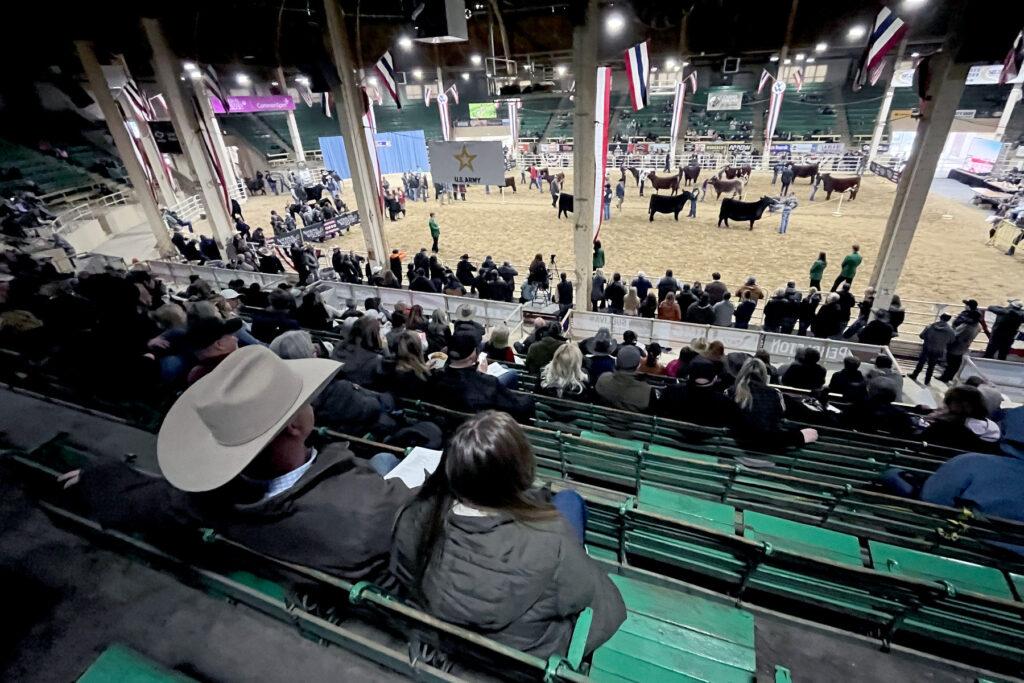
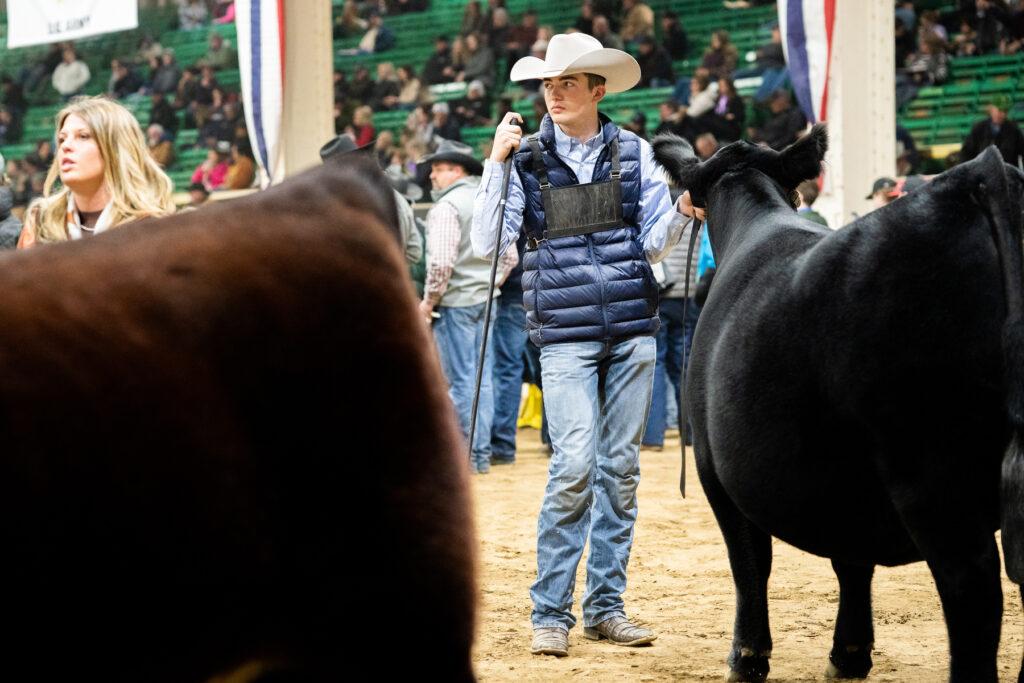
“(The stock show) offers a really incredibly complex case study for us to look at our relationship with the rest of the natural world through our relationship with animals,” said Rachel Balkcom, who oversaw the design of the student project.
In fact, the National Western Stock Show is even named in the school’s charter as one way to make learning real. But students don’t just visit the stock show. They tour cattle feeding operations, processing plants, wolf rehabilitation sites, and organic farms. They meet with federal agriculture scientists to compare and contrast the ways animals are viewed, handled, and processed before human consumption.
“Everyone who works with animals that I’ve ever met loves them and so how are we as human beings thinking about that relationship, understanding that relationship, but the choices that we make are really different and they’re really personal,” Balkcom said.
Paige and her partners, Emmie and Brayden, approach people, asking their long, academic questions in soft voices. Some people look confused. Others have trouble understanding.
“Indigenous? Hmmm…”
But everyone is helpful, giving them another clue about where they might go, like the science researcher who studies skulls, “Plus while you’re there you could pick up brochures on potatoes and potato recipes,” said a woman at an information desk. (Lesson 1: You can learn other stuff you didn’t expect while on a free-form school project.)
By mid-morning, the kids at the stock show are starting to think their task may be harder than they think. (Lesson 2: Teachers aren’t always there to tell you what to do.)
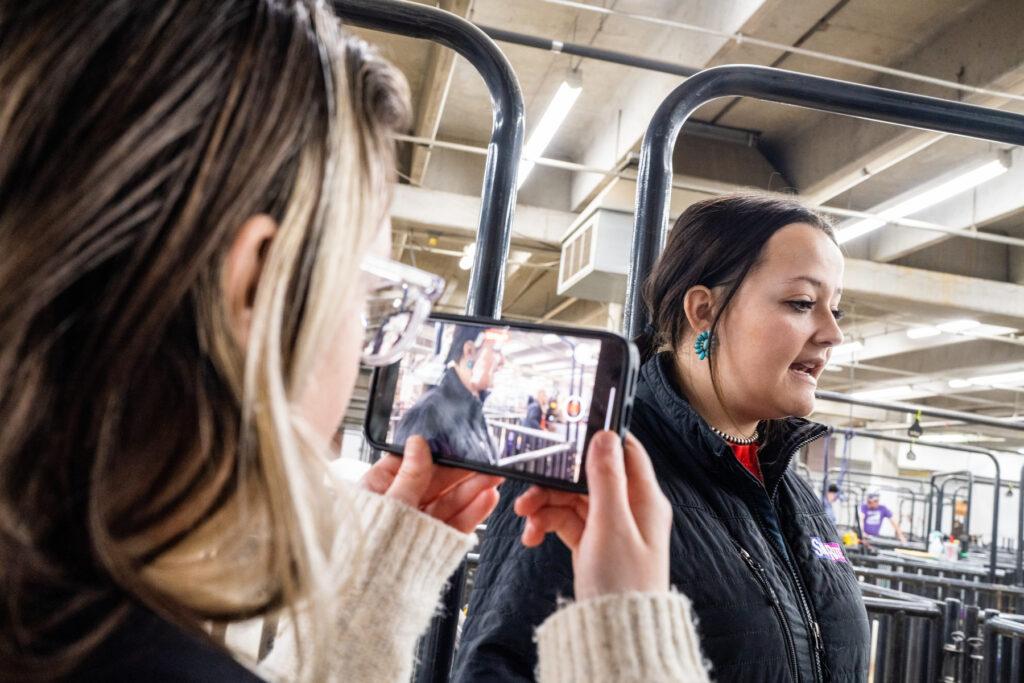
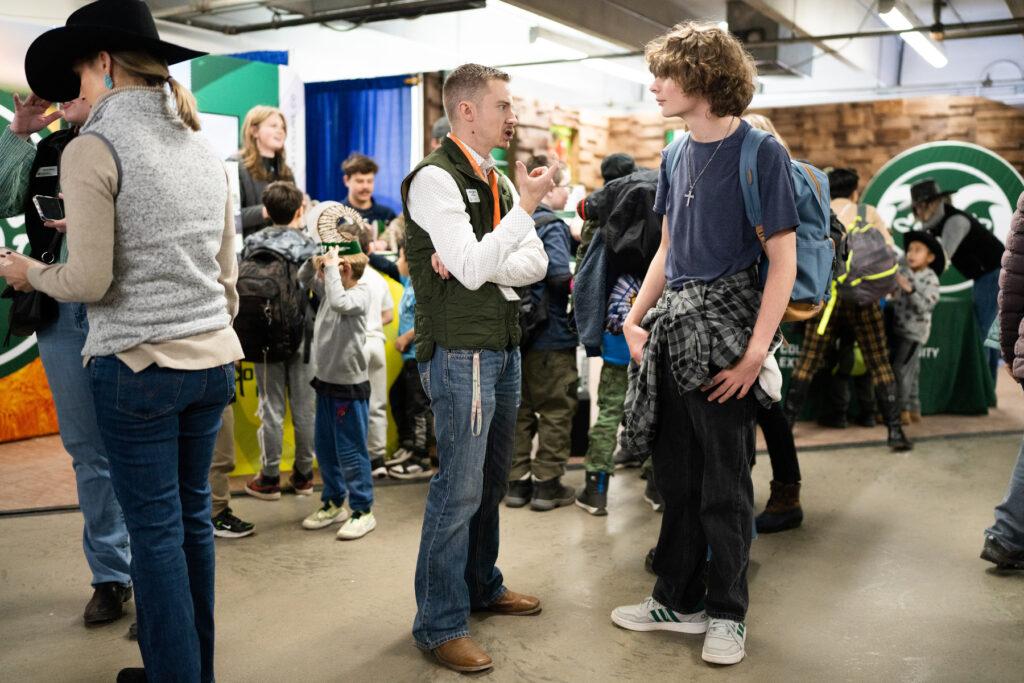
Meanwhile, a different group of STEAD kids talk with an organic farmer
Andre Houssney is keeping warm on this 32-degree day with his red and white keffiyeh, a traditional Middle Eastern scarf. But he also dons a leather cowboy hat to “look more like a farmer.” About 75 percent of people working in agriculture are people of color but only 1 percent of land is owned or managed by them.
The kids pull out their iPhones to interview Houssney, who owns the organic Jacob Springs Farm near Boulder. They fire questions at him, like how the agricultural system can make more organic products available to diverse or low-income communities, whether Houssney’s raw milk can help people with autoimmune diseases, and how his Lebanese culture influences his farming. The old ways aren’t working with the new unpredictable climate, so some farmers are trying new legumes and experimenting more.
“I have a real attachment to the dairy part of my farm just because it gets me a chance to make these flavors that remind me of my childhood and my grandma,” he said. Houssney tells them he makes lebneh (yogurt), halloumi (cheese), and ayran (yogurt drink).
He also grows beans like garbanzos and a variety of durum wheat that few in Colorado do, to get the traditional taste of the pita bread he remembers from Lebanon. (Lesson 3: Shop with your nose, not your eyes, like Houssney’s grandma)
The students in this group, many of whom are Latino, Indigenous, or Middle Eastern, are studying the influence of various cultures on agriculture. Zavier, who said his grandfather is from Jordan, is excited to meet Houssney.
“Andre is very noble and he’s not afraid to be himself,” said Zavier. “It's very inspiring to see him. It’s very inspiring to be able to see his farm.”
As the kids walk among his dairy cows on this frigid day, Houssney explains how milk is preserved in the hot, dry Middle East with salt, olive oil, and drying. The kids take notes. He talks about the ups and downs of being organic and not using herbicides and pesticides, something that’s different from Reyannah’s grandfather, a farmer in Kansas.
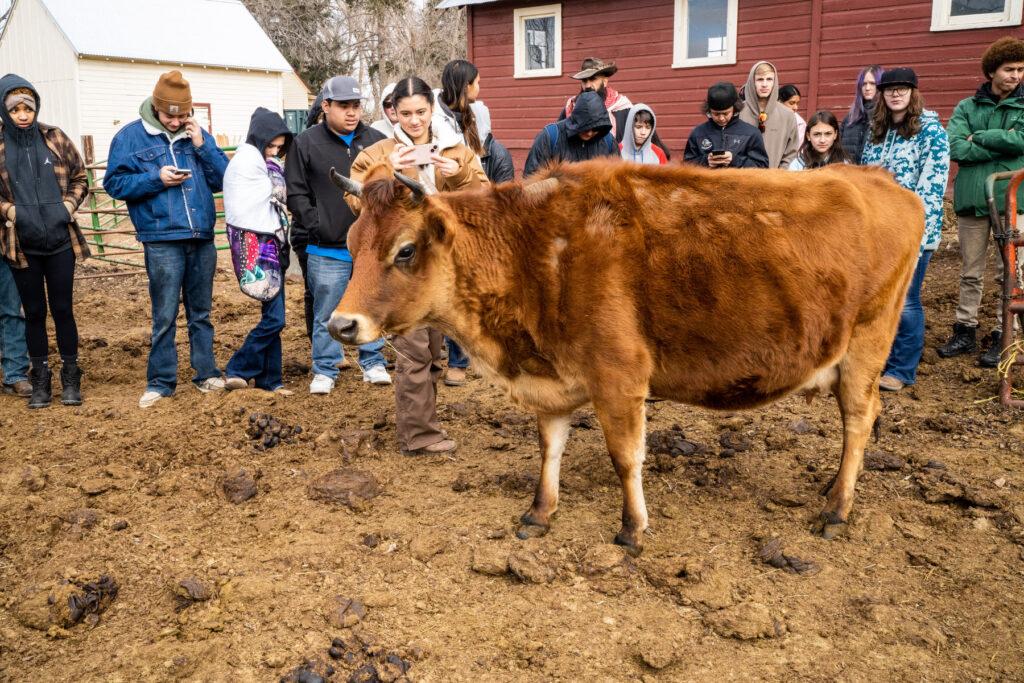
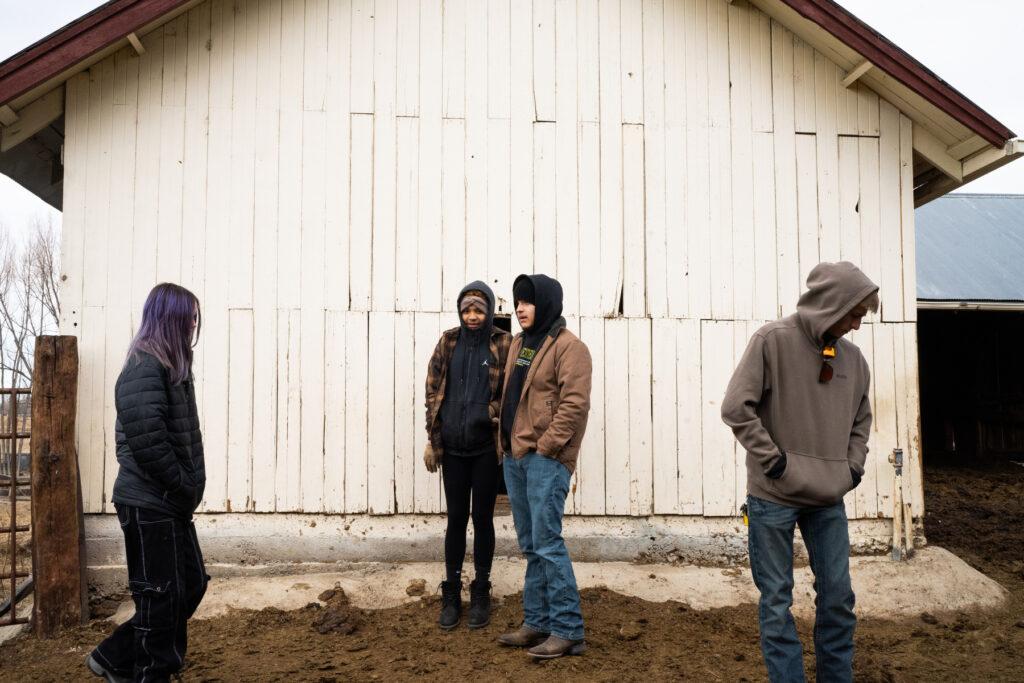
“My grandpa does pasteurize ... and it just shows how there’s different ways people go about things,” she said. Houssney, who has a waiting list of customers for his raw milk, told the students there are downsides to organic. Not using chemicals means less yield and more weeds.
“It just all depends on how you view things and what you want to be about,” Reyannah said reflectively.
The STEAD School attracts a diverse group of students: ranching students, students from Commerce City, students who are focused on sustainable living, and everyone in between.
“When our students sit with each other they are working through these really vital questions of the world, of the country, human relationships with the rest of the natural world, they are able to dispel stereotypes … in real-time with people who are really different from them – or who seem really different from them who aren’t actually really different from them,” said the school’s Rachel Balkcom.
The students say the school has changed them. Cassandra, who is Indigenous and from the city, says she wears boots now and is trying to eat more healthy foods. It used to be fast food all the time.
“I have more appreciation for the earth and the things that it provides, living off the land, getting back to my roots,” she said.
“Learning happens everywhere”
The STEAD School, conjuring up images of a homestead, was built on a 10-acre site of donated farmland bordering Commerce City, the master-planned housing development of Reunion, and more farmland to the east. Kelly Leid, the school’s co-founder, said STEAD sits near the center of the “agriculture innovation triangle,” which connects DIA to CSU in Fort Collins and the stock show site.
The school, which will have 700 students at full capacity, is unique. While it has many of the regular courses a student might take in high school, it offers courses with titles like “Introduction to Farming and Crop Rotation.”
The driving focus is on solving global food, health, energy, and environmental issues through project-based learning and working on issues in groups, learning the soft skills they’ll need in the workforce. There are four pathways: plant science, animal science, natural resources, and food science. Teachers are called guides, who are often in-field experts. Some of the students enroll for the content; others come for the open learning environment where they can take charge of their own learning.
“It gives opportunities for them to grow as a human, not just comply with a test, a multiple-choice standardized test at the end of the year,” said principal Amie Weldy.
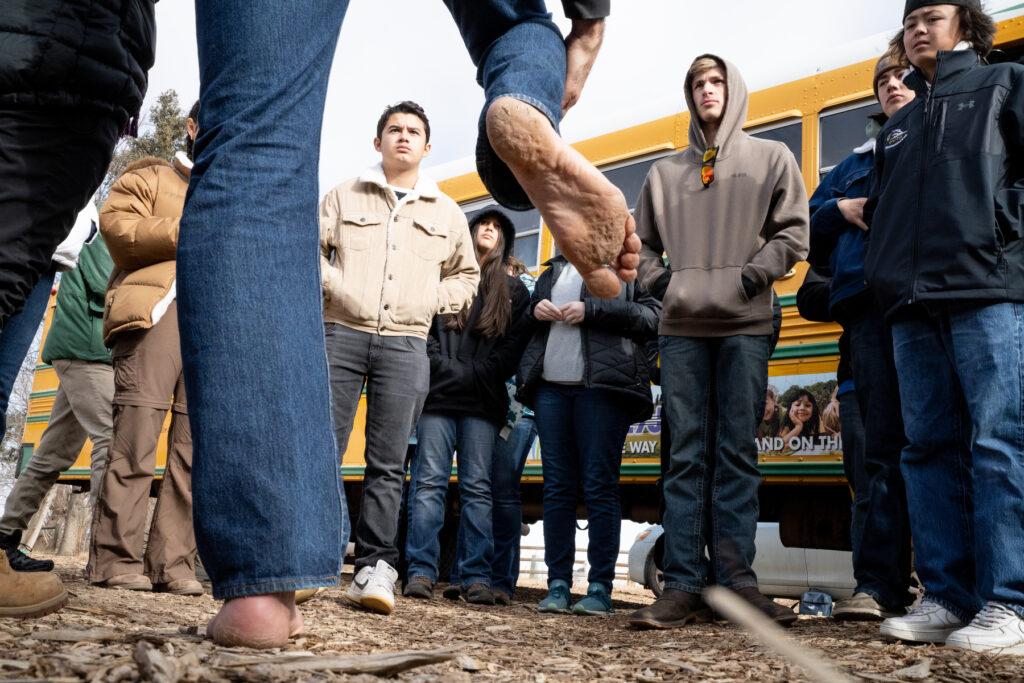
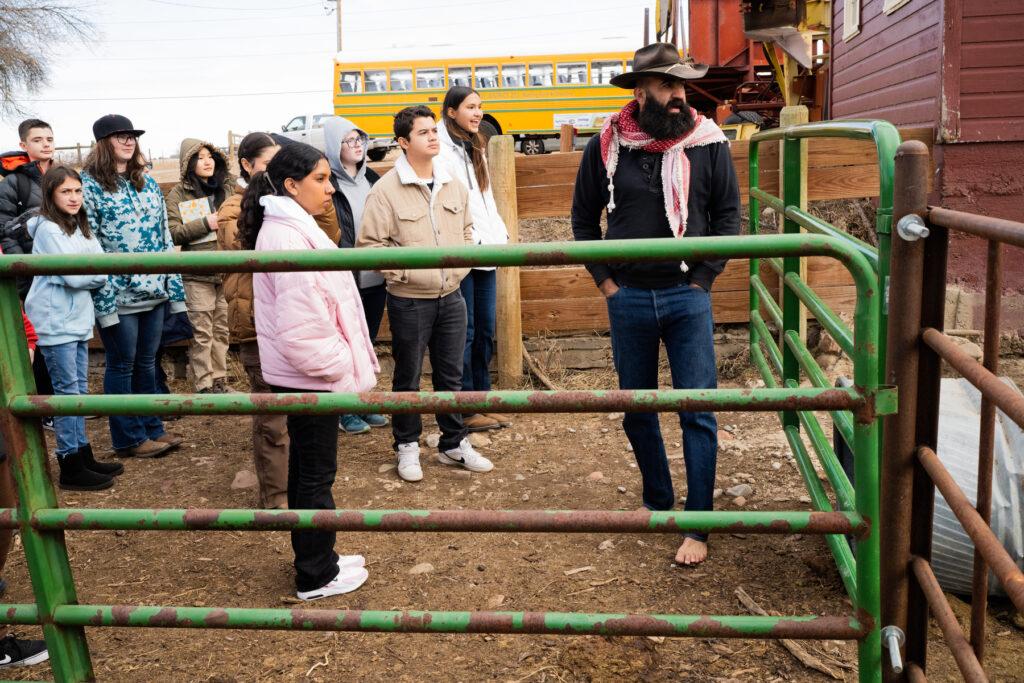
The culinary class may have a lesson where you open up the fridge and have to plan a meal using leftovers…all the while learning about food and energy waste. You may design a water system using a 3D printer to build it. Kids learn beekeeping. Students will grow crops and in years to come, which will be harvested and sold back to the school by student-run businesses.
When the school is fully built out, there will be a greenhouse laboratory, cultivation center, barn, production greenhouse, soils and seeds labs, and project and science rooms.
“The goal is that this is really an outdoor laboratory,” said Leid.
He calls the school “Google in a barn.” The colors and furniture were patterned after Google’s offices to foster creativity. Every learning space has multiple uses. There may be two classes going on in a room.
“There aren’t boundaries to this school…learning happens everywhere,” he said. “You need to create a physical environment that allows that to happen.”
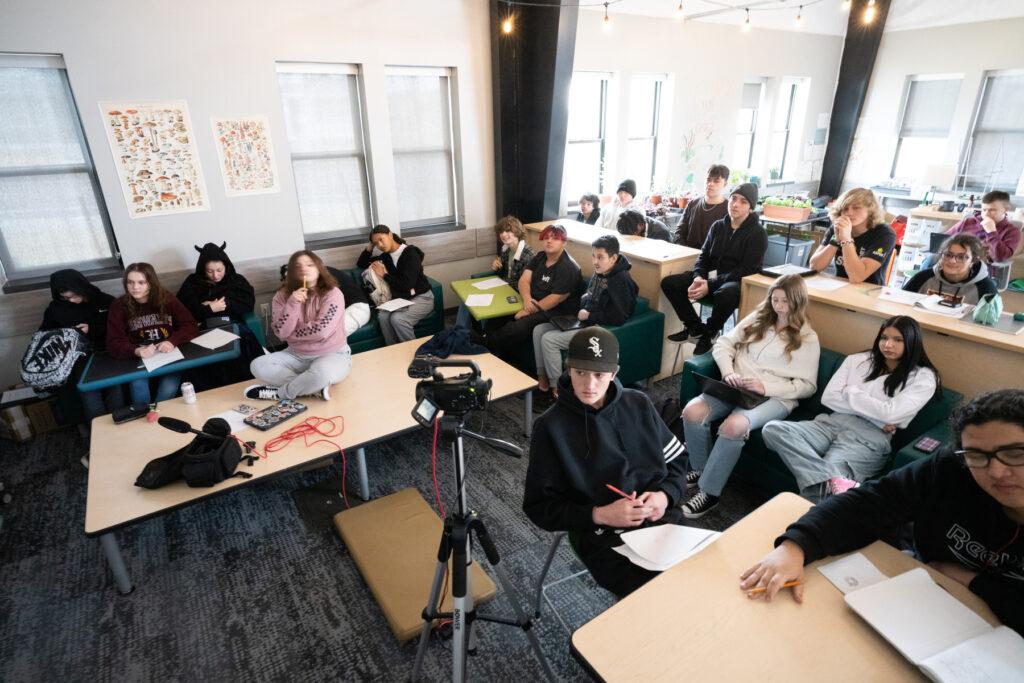
Back at the stock show, Emmie, Paige, and Brayden are getting more creative and – and bolder - about finding answers
“Information desk here we come, woo hoo!” exclaims Emmie.
The kids go back and forth, up and down all across the stock show. Finally, they locate a CSU graduate student, not Indigenous (they’ve decided they’ll get those answers at another location) but who can at least talk about how animals and humans are interdependent. (Lesson 4: Do not give up – and, people love helping students!)
Another group Sophia and Elle found adapting their central question helps. They start by asking about people’s relationship to their work. (Lesson 5: Take another tack if you’re getting stuck)
“What hardships have you experienced? Or have you experienced any?” Sophia asks third-generation goat and sheep farmer John Shroyer of De Graff, Ohio.
He talks about drought and not having enough hay or pasture to feed everything, but how he saves a year and a half’s worth for tough times. Shroyer answers their questions about federal agriculture rules and regulations. Sophia apologizes to his 14-year-old daughter for asking her the same question about the USDA because “honestly, that would have been hard for me to answer,” said Sophia, also 14. (Lesson 6: Know your interviewee, even if she is a state FFA champ)
The students interview goat farmers, dairy farmers, and cowboy hat makers. They hear stories about patience and hard work. Of the love of the land and passing the work onto sons and daughters. Of learning to deal with the ups and downs of every day on the farm.
“I think a big part of it is the legacy and tradition and all the culture side of their business,” said freshman Elle Johnson after interviewing Western Traditions hat maker Rick Bishop. As the students leave, Bishop tells them they were good questions that made him think. Johnson smiles.
“You need animals, like their skins, to make certain things so humans benefit from them – but also we learned how animals benefit from humans too,” she said. (Lesson 7: It’s not too hard to make connections to a central theme.)
The students saw a deep love of animals from the people they interviewed. Caiden Healy, 18, from Wiggins, told some students if there’s a choice between groceries and feed for the animals, feed wins.
“Taking care of these animals has helped them become more independent and more hard-working, and how it’s helped them become better as a person,” said Johnson.
Having secured one solid interview, Paige’s group is relieved.
“It took a massive weight off my shoulders of not being able to find anyone,” Brayden sighs. Everyone is smiling. They look more confident. They were excited to have the freedom to explore without an adult breathing down their neck. (Lesson 8: You can do it by yourself even if you say you aren’t a “people person.”)
“It’s actually kind of fun trying to figure out how to answer a question on your own, and them (teachers) kind of shoving you into it with a little direction – not too little direction so you don’t have a way to go - but direction,” said Paige.
It’s a powerful way to learn, and something they’ll probably remember a lot more than just reading from a textbook.
- Migrant students in Denver and Aurora becoming a statewide issue to solve
- Young narrators bring fresh observations to the audio guides for DAM’s latest exhibit
- 15 years after a law gave more flexibility, innovation to schools, their test scores are a ‘mixed bag’
- How Colorado high school students are learning to cope with stress and big emotions

